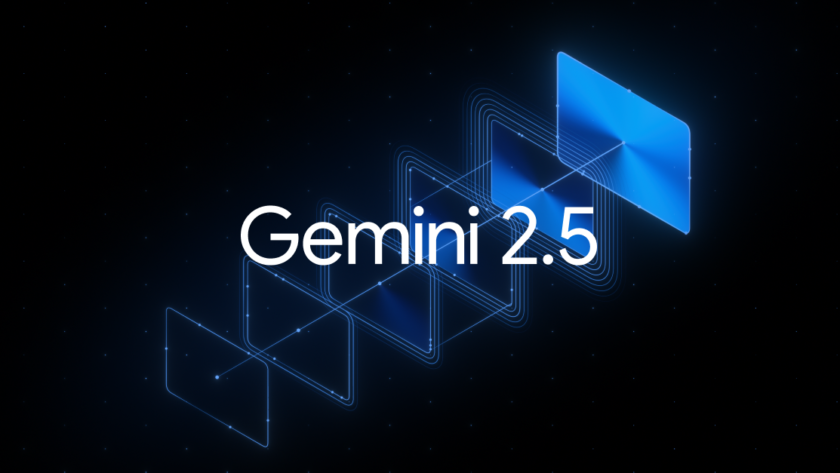In my previous article, I discussed how morphological feature extractors mimic the way biological experts visually assess images.
This time, I want to go a step further and explore a new question: Can different architectures complement each other to build an AI that “sees” like an expert?
Introduction: Rethinking Model Architecture Design
While building a…









